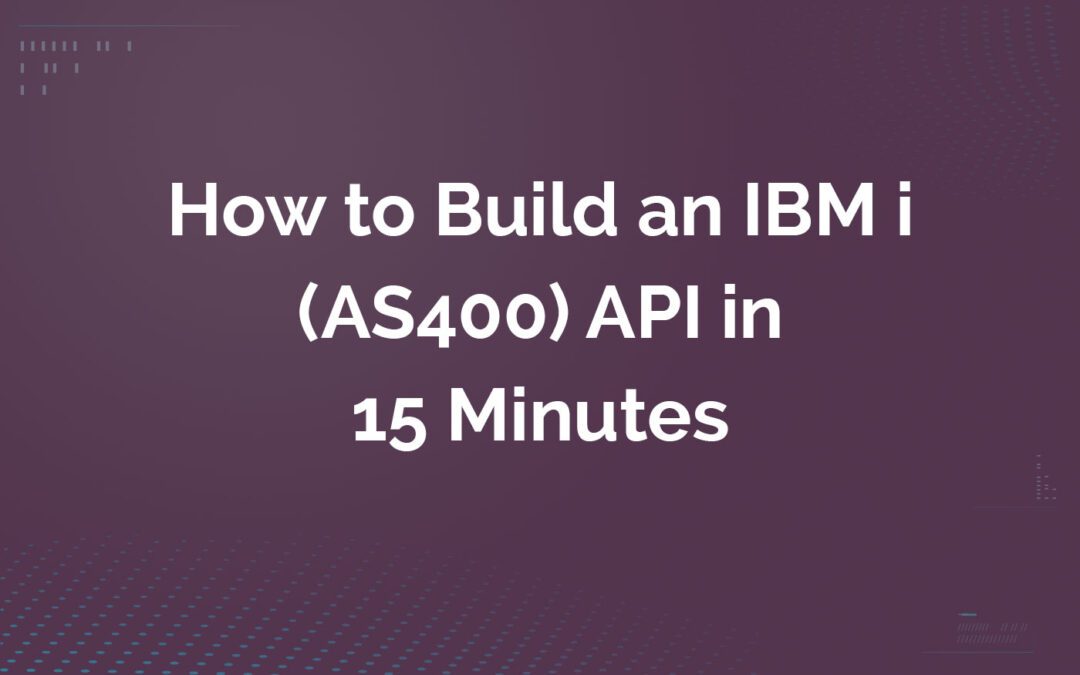
by Dmitriy Kuznetsov | Oct 11, 2017 | IBM AS/400, IBM i, Integration, iseries, MuleSoft
One of the biggest IT challenges is the growing IT delivery gap and the ever-increasing pace of business changes. This is especially true for established companies saddled with a mix of older applications. In order to efficiently connect these systems to other...
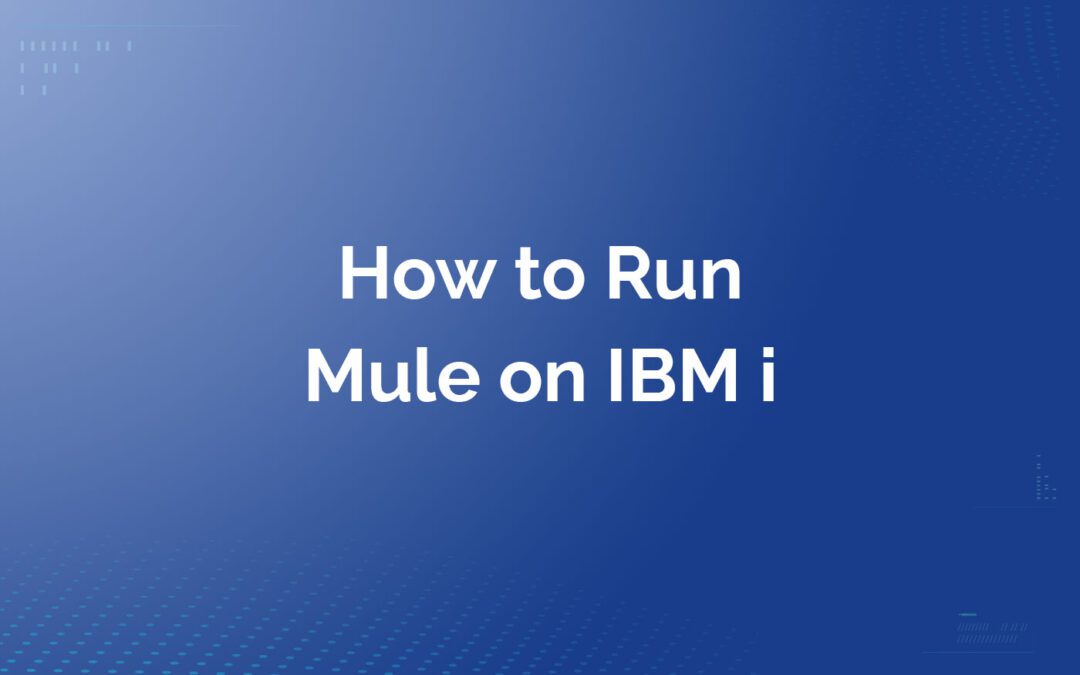
by Dmitriy Kuznetsov | Mar 26, 2017 | IBM AS/400, IBM i, Integration, iseries, MuleSoft
For companies running their ERPs and Line of business applications on IBM i or mainframe, the ability to rapidly connect the applications to an ever-increasing number of cloud and third-party services is critical for business success. IBM i (AS/400), iSeries is a...
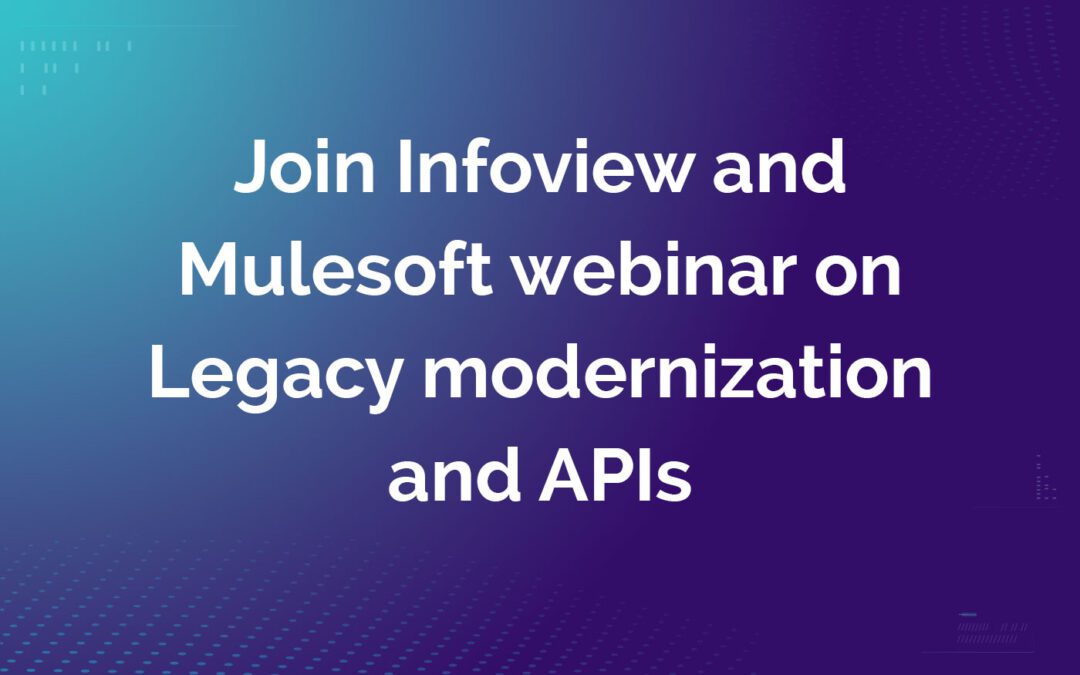
by Dmitriy Kuznetsov | Feb 3, 2017 | IBM AS/400, IBM i, Integration, MuleSoft
From Mainframe to Microservices: Leveraging APIs to Accelerate Legacy Modernization It’s a well-known fact that business requirements and underlying software systems change at different speeds. Over time, most legacy systems become misaligned. Business and IT have to...
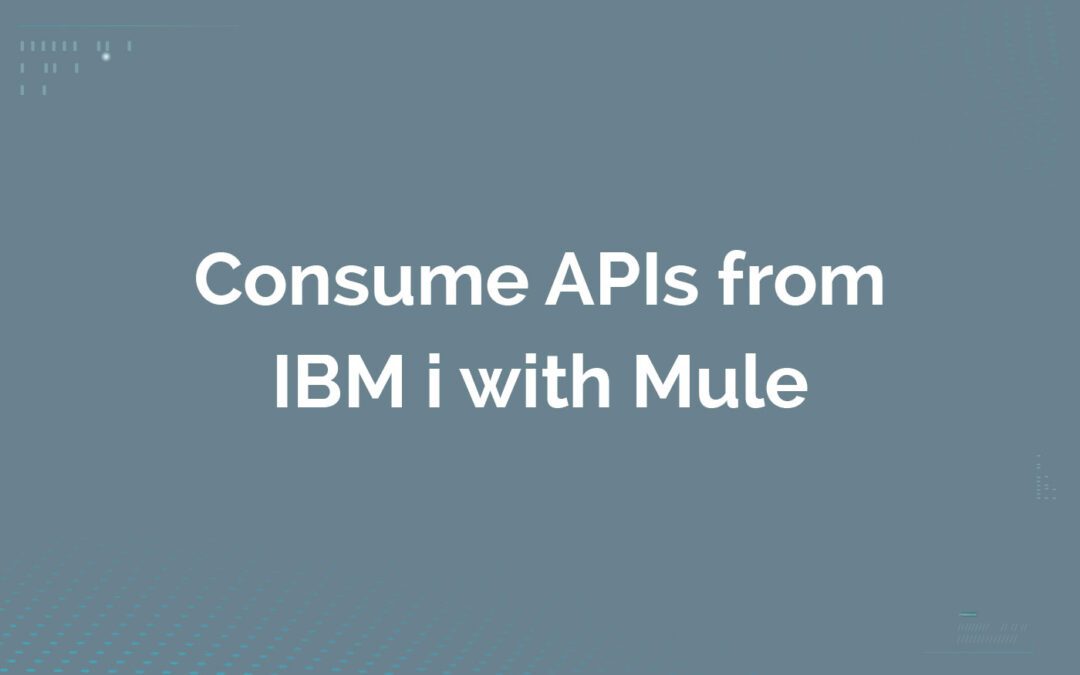
by Dmitriy Kuznetsov | Feb 2, 2017 | IBM AS/400, IBM i, Integration, MuleSoft
Modern enterprise architectures shift from all-encompassing ERPs to a network of smaller components that address specific business capabilities and communicate via common integration channels such as APIs. In some cases migrating to new system or best of breed may...
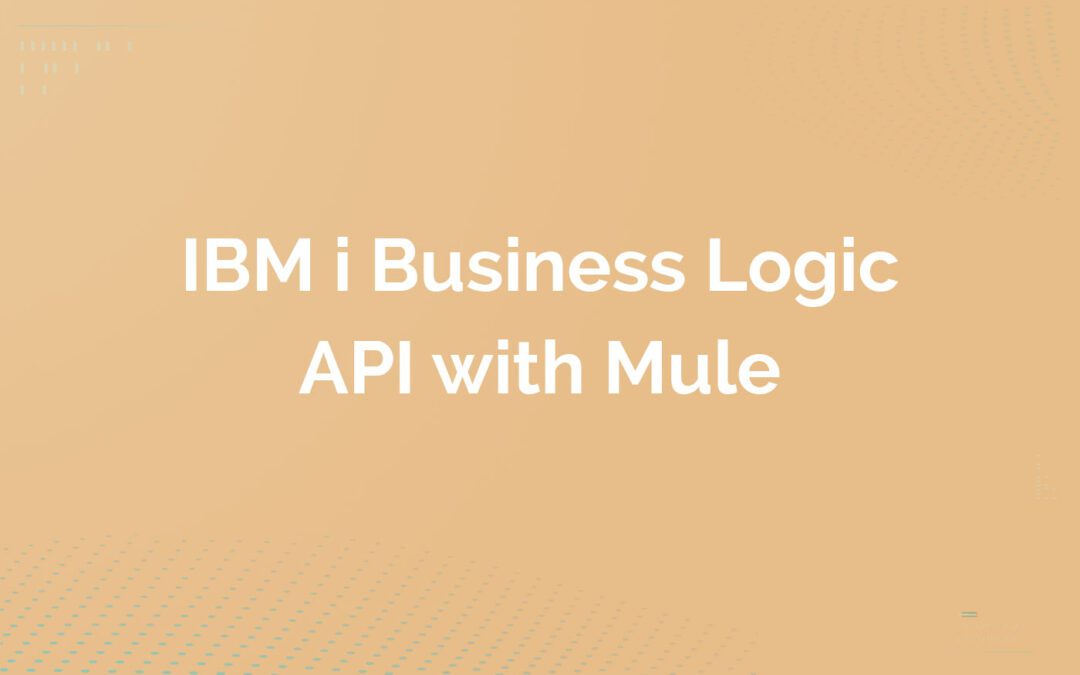
by Dmitriy Kuznetsov | Oct 1, 2016 | IBM AS/400, IBM i, Integration, MuleSoft
Overview Unlocking IBM i business logic and data is a priority for many companies. There is a number of IBM i (AS/400), iSeries tools and technologies that can be used to expose existing back-end programs as APIs. In this post, we will use the MuleSoft Anypoint...
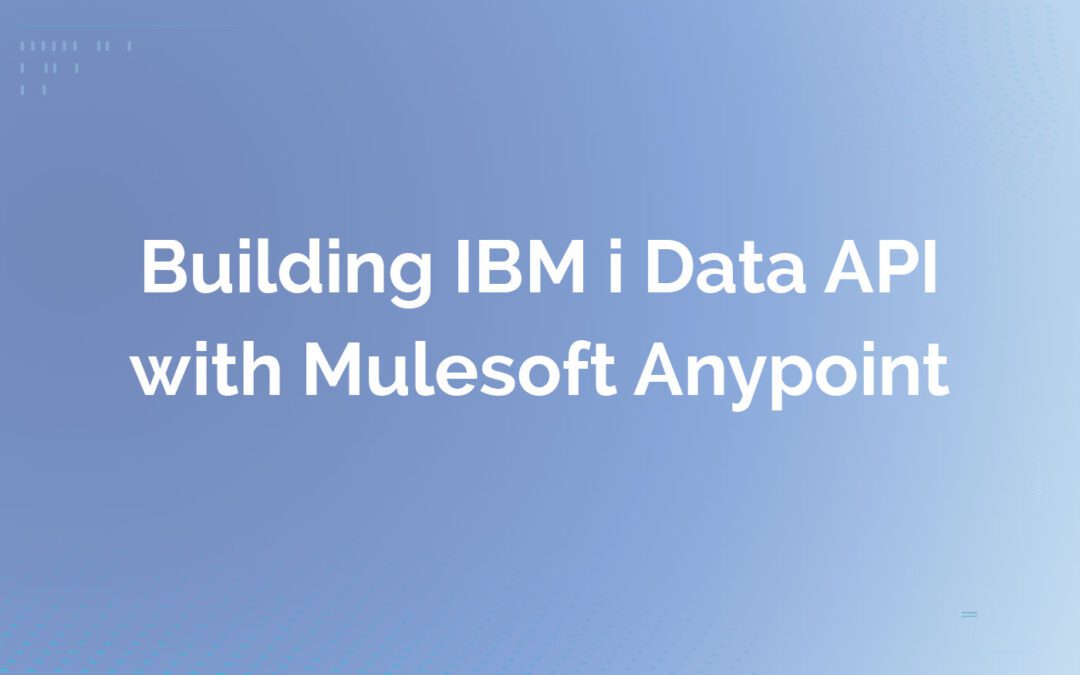
by Dmitriy Kuznetsov | Sep 21, 2016 | IBM AS/400, IBM i, Integration, MuleSoft
Overview The common IBM i (AS400, iSeries) use case is to share the application data with other systems. In this article, I will show how easy it is to build IBM i Data API with Mulesoft Anypoint. We will define our RAML API first then add the code to pull data...







Recent Comments